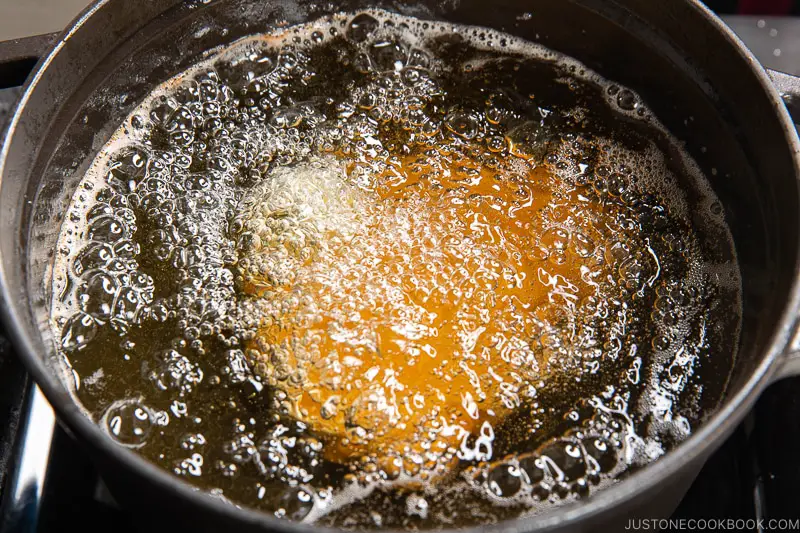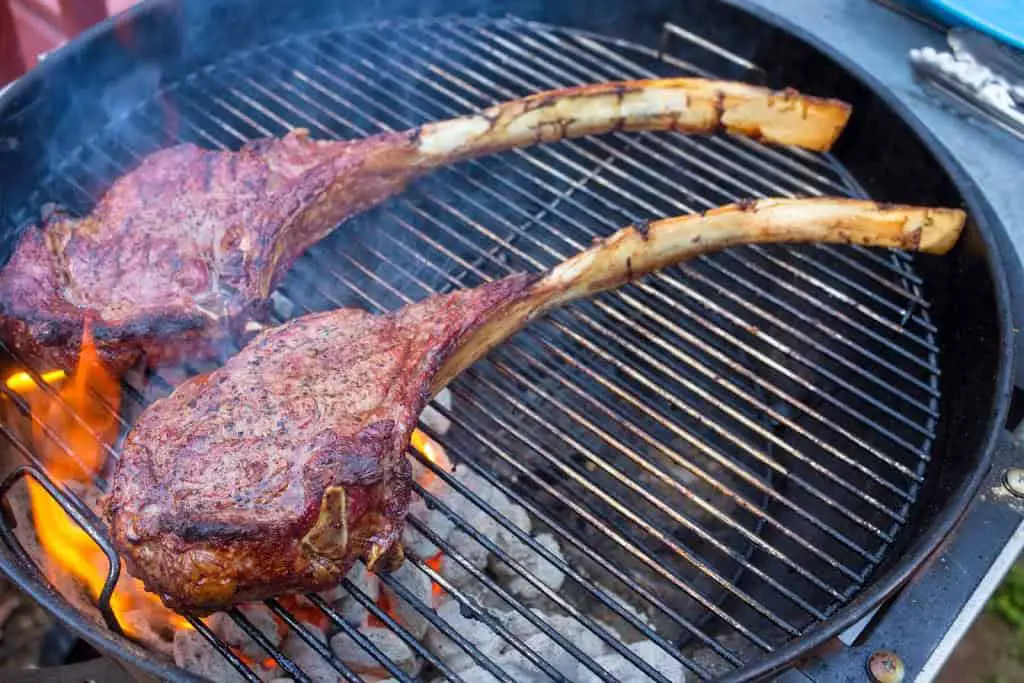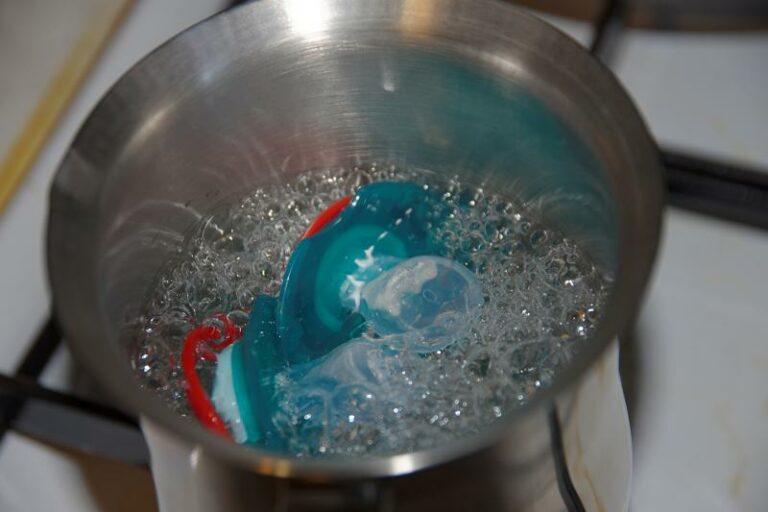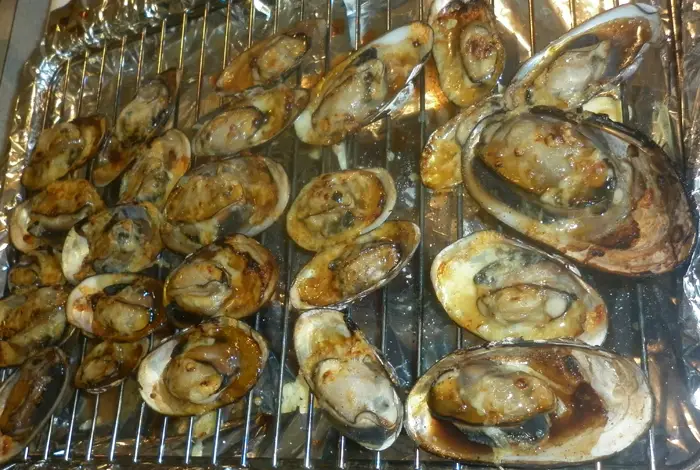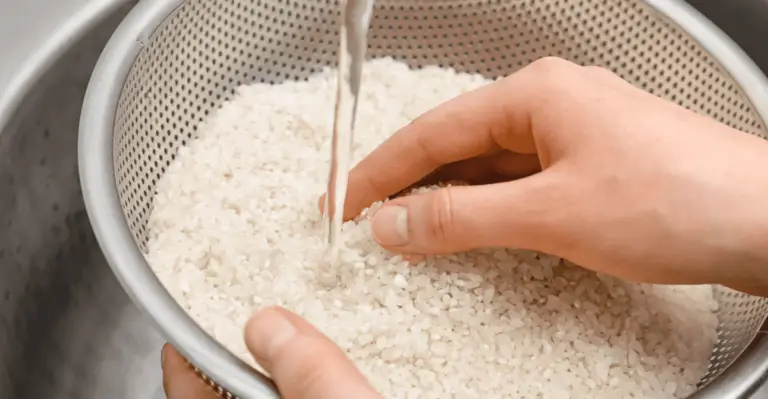Frying has become a popular method for cooking many types of food, including chicken and pork. While it seems convenient to fry these meats in the same oil, many people wonder whether this is safe and healthy. In this article, we’ll explore the science of frying and how it relates to cooking different types of meat in the same oil.
The Science of Frying
Frying involves immersing food in hot oil, which causes it to become crispy on the outside while remaining tender on the inside. When heated, oils undergo a series of chemical changes that affect their flavor, color, texture, and nutritional value. Therefore, choosing the right type of oil is crucial for perfect frying results.
It’s best to use oils with high smoke points so that they don’t break down or burn at high temperatures. The smoke point refers to the temperature at which an oil starts smoking and emitting harmful compounds such as acrolein, acrylamide, and polycyclic aromatic hydrocarbons (PAHs). These substances can cause cancer and other health problems if consumed regularly over time.
Factors that affect oil health include its storage conditions, age, freshness, acidity level (pH), degree of refinement or processing (virgin vs. refined), and presence of antioxidants or free radicals. Some examples of healthy oils with high smoke points are peanut oil (450°F/232°C), soybean oil (450°F/232°C), canola oil (400°F/204°C), corn oil (450°F/232°C), sunflower oil (450°F/232°C) and grapeseed oil (420°F/216°C).
Frying Different Types of Meat
Chicken and pork are two common meats for frying because they’re versatile, affordable and easy to prepare. However, they have different properties that affect how they cook in hot oil.
Chicken is leaner than pork; therefore it tends to cook faster and dry out more quickly. To avoid this, you can marinate or brine the chicken before frying to add moisture and flavor. Chicken also has thinner skin than pork; hence it requires less time in the fryer to become crispy. However, chicken is more prone to cross-contamination due to its high risk of carrying salmonella or other bacteria.
Pork has more fat than chicken, which gives it a juicier and richer taste but also makes it longer to cook. By seasoning and breading the pork before frying, you can enhance its flavor and texture. Pork also needs a higher temperature for frying (around 375°F/190°C) compared to chicken (350°F/177°C). It’s important not to overcook pork because it can become tough and chewy.
Cross Contamination in Frying
Cross contamination is a common issue that arises when different types of food come into contact with each other during cooking or preparation. This can lead to the spread of harmful pathogens such as bacteria, viruses, fungi, or parasites from one food item to another.
In the case of frying chicken and pork in the same oil, there’s a high risk of cross contamination because these meats have different sanitary requirements and microbiological hazards. For instance, if you use the same tongs or utensils for both meats without properly sanitizing them in between uses, you may transfer bacteria from raw chicken onto cooked pork or vice versa.
To avoid cross contamination while frying meat:
- Use separate cutting boards, knives, plates, bowls, etc., for each type of meat.
- Wash your hands thoroughly with soap and water for at least 20 seconds before handling any food.
- Keep raw meat separate from cooked food at all times.
- Don’t reuse marinade that has been in contact with raw meat unless you boil it first.
- Sanitize surfaces and tools frequently with hot soapy water or a mixture of bleach and water.
- Cook each type of meat thoroughly to its recommended internal temperature.
Preparing Chicken and Pork Before Frying
Before frying chicken or pork, you need to prepare it properly to ensure that it cooks evenly, tastes good, and stays safe. Here are some tips on how to do so:
How to prepare chicken for frying
- Remove the skin and trim off any excess fat.
- Rinse the chicken under cold water and pat dry with paper towels.
- Cut the chicken into evenly sized pieces (e.g., wings, thighs, tenders, breast).
- Season the chicken with salt, pepper, garlic powder, onion powder, cayenne pepper or any other spices you like.
- Coat the chicken in flour or a mixture of flour and cornstarch for extra crispiness.
- Dip the chicken in egg wash before coating it in crumbs (such as breadcrumbs, panko flakes or crushed cereal).
- Let the coated chicken sit for at least 30 minutes in the fridge to set up before frying.
How to prepare pork for frying
- Trim off any visible fat from the edges but keep some marbling for flavor and juiciness.
- Cut the pork into thin slices, chop it into cubes or use whole cuts (such as pork chops or loin).
- Rub the pork with salt, pepper, paprika, herbs (such as thyme or rosemary), or barbecue seasoning if desired.
- Marinate the pork in buttermilk for a few hours or overnight before dredging it in seasoned flour.
- If using breadcrumbs or cornmeal as a coating, mix them with Parmesan cheese for extra crunch and zing.
- Fry the pork until golden brown and crispy on both sides.
Using a Deep Fryer vs Pan Frying
When it comes to frying meat, you can either use a deep fryer (an electric appliance that heats oil to a consistent temperature) or pan-fry it on the stovetop (in a skillet or heavy-bottomed pot). Each method has its pros and cons, depending on your preferences and equipment.
Pros and Cons of Using a Deep Fryer
Pros
- You can control the temperature more accurately with a digital thermostat.
- You can fry larger batches of meat at once without overcrowding the pot.
- You can filter out impurities and reuse the oil multiple times.
- You can achieve a professional-looking result with minimal effort.
Cons
- You need to preheat the fryer for at least 10 minutes before adding the food.
- You need to handle hot oil carefully to avoid burns or spills.
- You need to clean the fryer after each use, which can be time-consuming and messy.
Pros and cons pan-frying
Pros
- You have more control over the cooking process, such as adjusting the heat or flipping the meat.
- You don’t need any special equipment besides a skillet or pan.
- You can use less oil (just enough to cover the bottom of the pan) and thus make your meal healthier.
Cons
- It turns out to be time-consuming when in large quantities
- There is not much room for large meats
Tips on Safe Cooking
Whether you’re frying chicken, pork, or any other type of meat, there are some basic principles you should follow to ensure safe cooking. Some tips include:
- Use gloves when handling raw meat to avoid contamination
- Always wash your hands off thoroughly with soap after handling raw meat
- Check internal temperature using thermometers before eating chicken is perfectly cooked at 165 degrees Fahrenheit (73.9°C), while pork should reach an internal temp of 145° degrees Fahrenheit/65.55C° (“juicy”) – 160°F/71.11C° (well done)
- Don’t leave cooked meat out at room temperature for more than two hours.
- Store leftover meat in the refrigerator or freezer promptly.
Conclusion
In conclusion, can you fry chicken and pork in the same oil? The answer is yes, but with caution. Frying different types of meat in the same oil requires attention to proper food handling practices and hygiene. Using separate oils for chicken and pork may be safer if you’re unsure about cooking them correctly or have health concerns. Also, using healthy oils in deep fryers or pan frying contributes more nutrition to your meal. By following these tips on safe cooking, preparing chicken and pork before frying, and understanding the science of frying, you can enjoy tasty fried meat without compromising your health!
Q&A
Q1: Can I fry chicken and pork together in the same oil?
A: Technically, you can. However, it’s important to keep in mind that the flavors and textures of chicken and pork are quite different. Frying them together can result in an unevenly cooked dish and may affect the overall taste.
Q2: Is there a risk of cross-contamination when frying chicken and pork together?
A: Yes, there is always a risk of cross-contamination when cooking different types of meat together. It’s important to ensure that both the chicken and pork are cooked at their respective safe temperatures to kill any harmful bacteria.
Q3: How should I prepare my oil for frying chicken and pork together?
A: The best way to prepare your oil is to preheat it to the desired temperature before adding any meat. This will help maintain a consistent frying temperature and prevent any splatters or burns.
Q4: Should I use separate utensils when frying chicken and pork together?
A: Yes, it’s recommended to use separate utensils such as tongs or slotted spoons when transferring the chicken and pork to avoid contamination. It’s also important to clean or replace your utensils after each use for additional safety measures.
